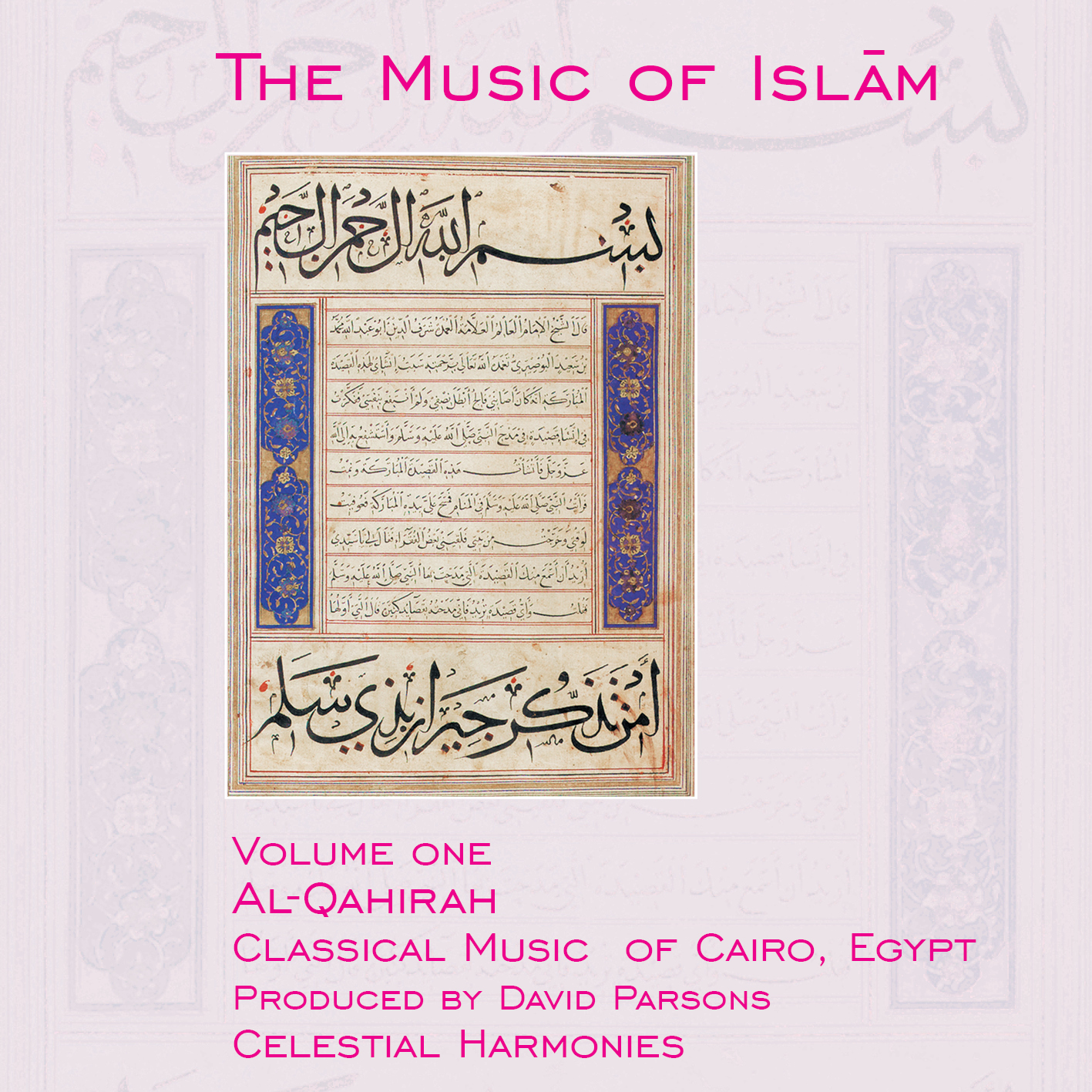 |
|||||||||||||||||||||||||||||||||||||||

The Music of Islam Sampler (13159).
In seiner aufwendigen Forschungsarbeit folgt David Parsons den vielfältigen
Spuren der heutigen islamischen Musik zurück bis zu den Wurzeln.
Das Ergebnis ist eine Produktion, die international Aufsehen erregte
und 1998 den Preis der Deutschen Schallplattenkritik erhielt: Auf
insgesamt 17 CDs spielen und singen Gnawas und Derwische, Muezzins
und Volksmusiker. Von Indonesien und Pakistan bis Tunesien und Südspanien
reicht das geografische Spektrum, über 12 Jahrhunderte das
historische. Zu jeder CD gibt es ein sehr informatives, etwa 50-seitiges
Begleitheft (in englisch). Man kann die CDs einzeln oder als Gesamtpaket
in einer Holzbox erwerben. Hier die Zusammenfassung der ganzen Serie.
Ausgezeichneter Einstieg.
the projectTen years in the making, The Music of Islam series recorded in Egypt, Morocco, Tunisia, Turkey, Yemen, Pakistan, Indonesia, Iran and Qatar represents the most comprehensive sound documentation available to Westerners today, of a world religion dating back to 1/622. Although governed by strict rules for fourteen centuries, contact with other cultures has radically affected Islamic music throughout history. As the world enters the XV/21st century the timing of this collection serves an even larger purpose, documenting the traditions that have survived and will continue to survive for centuries to come. Today, one fifth of the world's population, one billion people, are Muslims, occupying a large territory stretching from the Atlantic shore of north and west Africa, through west, central, and south Asia to island southeast Asia, and attracting an increasing following in India, western Europe, north America, east Asia, and southern Africa. This is a global presence which cannot be ignored. Nearly all traditions of Arabic music, including Egyptian, are strongly defined by rhythm. A glance at the history and structure of Arabic music, the most modern of which is based in Egypt, imparts an insight into an unheard of multifaceted aspect of traditions and functions; styles and repertoires, genres and instruments, forms, and structural principles. Arabic music shows a dynamic and changing historical evolution. This first volume in The Music of Islam series clearly reflects this, belonging to both old and new styles—in repertoire and performance the music in this recording reflects the new Egyptic style while the orchestration follows the older Arab practices. What is unique about this volume is that it incorporates only instrumental recordings. This is highly unusual. But this one sideness is toned down as all other instrumental pieces are determined thematically—except the pure musically bound solo taqsim (instrumental improvisations) and the sama'i (Turkish, aristocratic art music)—be it through renowned texts of the songs performed by the instruments or through programmed indications, which are characteristic for many new Egyptian instrumental compositions. the artistsThis first volume in The Music of Islam series
is a studio recording of the classical music of Cairo, or Al-Qahirah
as it was called in ancient times. Recorded at the Coronet Digital
Studios in the suburb of Mohandesseen, located across the Nile River
from the main city, producer David
Parsons was surprised to find the studio was in an apartment building.
"Upon arriving at the studio I had many misgivings. I thought
it must be a 'home studio'", tells Parsons. But, once through
the door, he discovered it was actually one of the top, fully digital,
studios in Cairo.
The musicians featured in this volume are regarded as some of the most outstanding and sought–after studio musicians in all of Egypt. They play traditional Arabic instruments and are masters of classical, folk and popular music. The ensemble includes Mamdouh El Gbaly playing 'ud (lute), Mostafa Abd El Khalek playing the qanun (zither), Mohammed Foda playing the nay (flute), Khaled Gomaa playing tabalah (goblet drum), Ibrahim Gomaa playing duff (frame-drum), and Hesham El Araby playing riqq (tambourine with small cymbals). tracklist
|
|||||||||||||||||||||||||||||||||||||||
|
|
|||||||||||||||||||||||||||||||||||||||
 |


